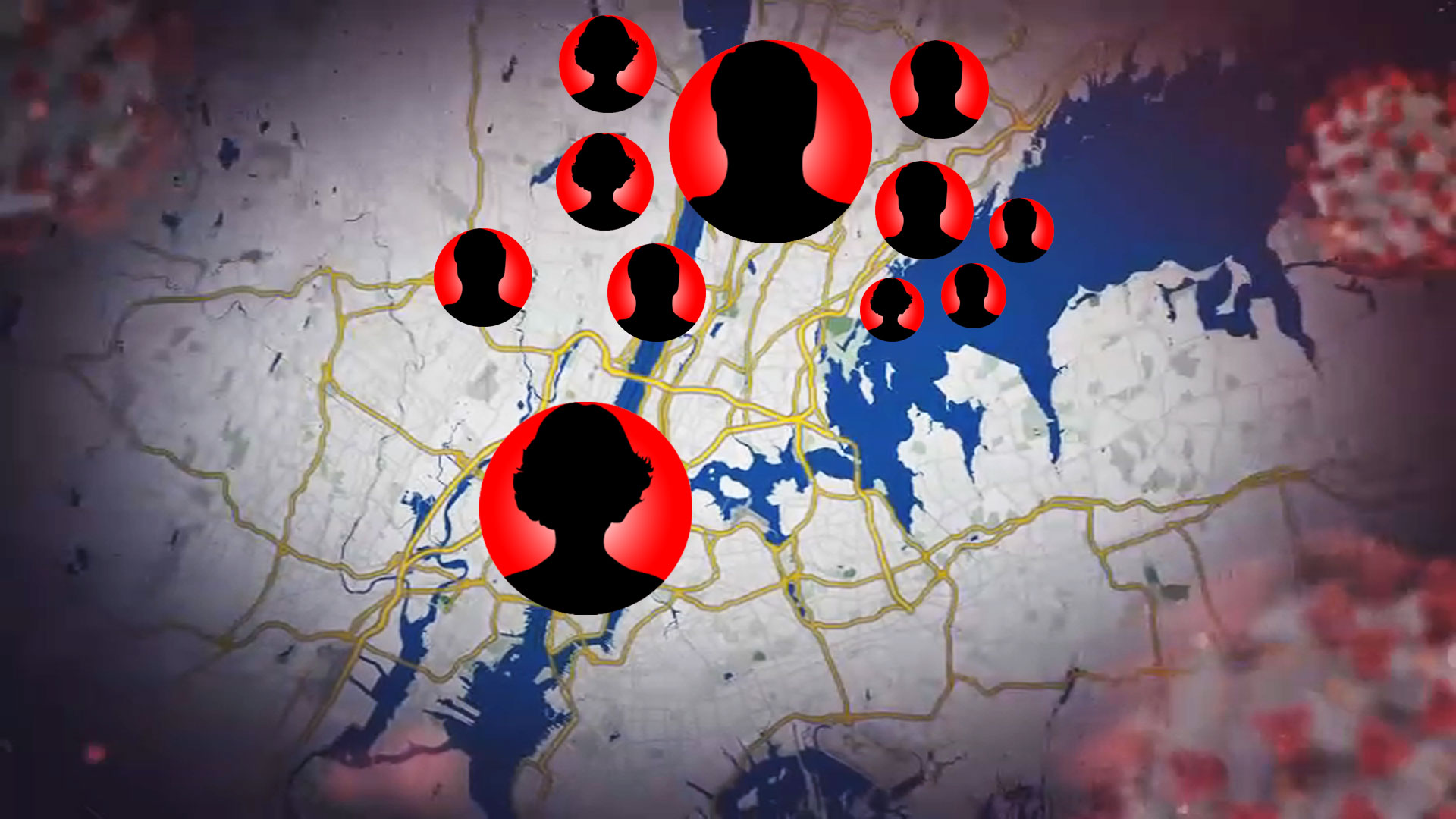What to Know
- The governors of New York, New Jersey and Connecticut implemented a joint quarantine restriction in late June on travelers from viral hotspot states; travelers from certain states must self-isolate for 14 days
- Alaska and Delaware were added to the list of tri-state quarantine states Tuesday; the number of restricted areas stands at 33 states, plus Puerto Rico and the Virgin Islands
- New York has maintained a low infection rate despite its phased regional reopenings; Mayor Bill de Blasio ordered hotels Tuesday to require hotspot travelers to fill out contact forms before they receive their rooms
New York City Mayor Bill de Blasio doubled down on his commitment to protect the five boroughs from travel-linked virus surges Tuesday, ordering hotels and short-term rentals to require travelers complete quarantine forms before they get access to rooms. Fines will be issued starting this week for failure to comply.
De Blasio also urged New Yorkers to avoid hotspot state travel if they can. If not, they must quarantine for 14 days upon return to the Big Apple or "face consequences." The mayor's hotel order applies to travelers from the rolling list of quarantine-restricted states, which currently stands at 33 states plus Puerto Rico and the Virgin Islands. States land on the list if they have COVID test positivity rates that hit or exceed 10 percent over a seven-day rolling period; Alaska and Delaware were added to the restricted list Tuesday. No areas were removed.
The goal is to prevent the record-COVID surges that swept much of the nation last month from triggering a viral resurgence in New York and New Jersey, which long were the two hardest-hit states by the pandemic and remain the most impacted in terms of confirmed COVID fatalities. Health officials say 15 to 20 percent of New York City's 230,000-plus diagnosed COVID cases to date have stemmed from recent travel outside of the five boroughs. They want to limit that kind of spread.
Enforcing the quarantine, though, has been a logistical challenge; the mayor's latest executive order is just another tool to help achieve compliance. He recently implemented random COVID-19 checkpoints at key entries into the five boroughs to help inform travelers of the quarantine order and push compliance. Gov. Andrew Cuomo, who initially announced the quarantine order with the governors of New Jersey and Connecticut in late June, has also required out-of-state travelers to fill out contact forms when they land at New York airports.
Hotel officials say de Blasio's order won't impact them much because most of the city's 300 hotels aren't accepting tourists anyway.
"There's no business," said Vijay Dandapani, president of the Hotel Association of New York. "It's like we are a comatose patient."
Dandapani says the hotels that are open for tourism are mostly empty, filling up well less than 10 percent of their available rooms.
How much longer will the drought last? Some states have made marked improvement in recent weeks -- or at least slowed the growth of cases -- but seven states plus Puerto Rico and the Virgin Islands are still experiencing a percentage increase in COVID cases over the past 14 days, according to NBC News. Sixteen states and Washington D.C. are seeing a plateau in cases and 26 states are seeing some type of percentage decrease.
New York City has consistently seen daily positivity rates around 1 percent; statewide, that low infection rate or lower has been sustained for 11 straight days.
Daily Percentage of Positive Tests by New York Region
With all of New York state in some phase of reopening, Gov. Andrew Cuomo is shifting his focus to monitoring test results on a daily basis across each region to identify potential hotspots before they emerge. Here's the latest tracking data by region. For the latest county-level results statewide, click here
Source: ny.gov
New York continues to report its lowest virus hospitalization and ICU numbers since the middle of March; New Jersey has reduced its transmission rate back near 1.0 after experiencing a party-linked uptick in infection rate last month. The signs of improvement are clearly evident, moving Cuomo to OK the return of gyms and museums in New York as early as next week following months-long closure.
New York City residents will have to wait a bit longer than Monday before they get to resume workouts in indoor fitness centers, though. Cuomo says all gyms must be inspected by individual localities prior to reopening. There are a glut of those in the five boroughs, and the mayor's office is focused on inspecting and preparing the city's 1,800 school buildings for students' safe return in September.
Tracking Coronavirus in Tri-State
A spokesman said Monday that City Hall plans to develop a "rigorous inspection program" for gyms in the "coming weeks." De Blasio offered a similar timeline Tuesday, saying inspections wouldn't even begin until after Sept. 2 and that the city will work to complete them and reopen its gyms as soon as it safely can. Mandatory precautions for fitness centers will include masks at all times, social distancing, health screening and a 33 percent capacity cap.
Gyms are still closed for now in New Jersey, though Gov. Phil Murphy said late last week he was hoping to find a way to safely reopen them, along with indoor dining, soon. Dine-in also remains shelved indefinitely in New York City.



